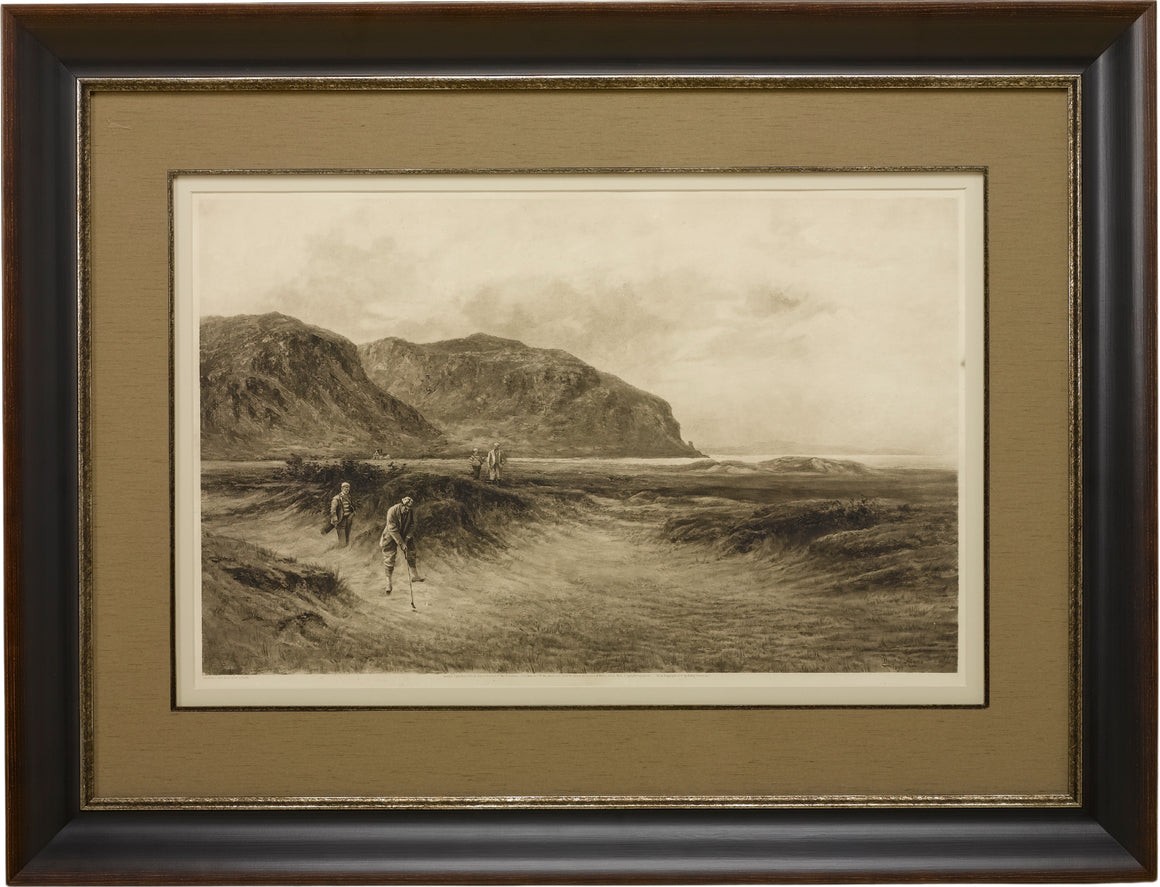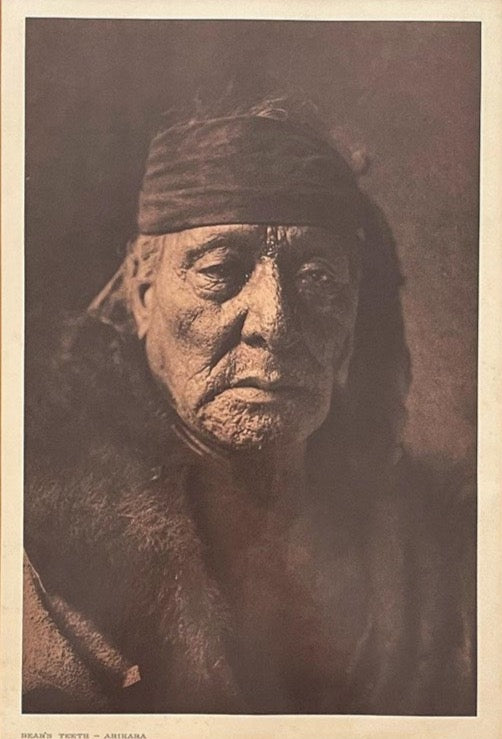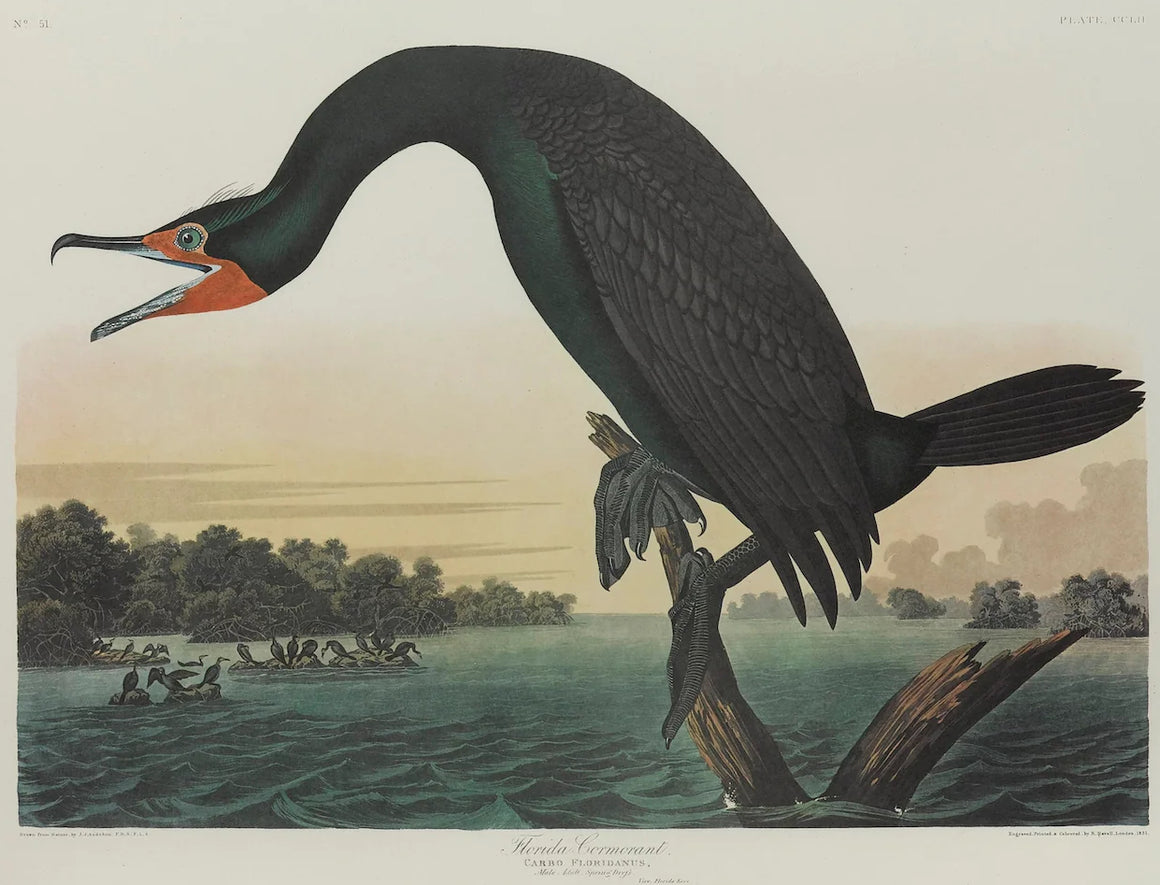1864 Engraving of President Lincoln's "Proclamation of Emancipation" by Charles Shober, Second Issue
$5,000.00
This 1864 engraving features the Emancipation Proclamation in elaborate calligraphic text, with five patriotic vignettes and a small portrait of Lincoln.
This is the second issue of this design, with artist and publisher Albert Kidder's New York and Chicago addresses given in the lower left. The portrait gives Lincoln a receding hairline, which was corrected for the third issue, before a copy was presented to the president.
On September 22, 1862, five days after the Union victory at the Battle of Antietam, Lincoln issued a preliminary decree stating that, unless the rebellious states returned to the Union by January 1, freedom would be granted to slaves within those states. No Confederate states took the offer, and on January 1, 1863 Lincoln presented the Emancipation Proclamation. The Proclamation declared, "all persons held as slaves within any States, or designated part of the State, the people whereof shall be in rebellion against the United States, shall be then, thenceforward, and forever free."
One-sided and typically printed on large sheets of paper, engraved broadsides emerged in the 19th century. Advances in printing technology made their production inexpensive, making them all the more pervasive. By varying type style and size and including illustrations that could be both bold and elaborate, they had great visual appeal. They aimed to spread news, shape public opinion, and rally people to action. Broadsides were encountered posted on buildings, hung in meetinghouses and pubs, and in framed in homes as decorations. Surviving broadsides allow us to glimpse the making of public opinion in the era of emancipation. The Emancipation Proclamation enjoyed numerous broadside treatments, from simple texts to complex illustrations.
The broadside treatment of the Emancipation Proclamation presented illustrators with an opportunity to shape public opinion. In this example from 1865, the intent of Lincoln's Proclamation is explained through decorative text to stress key words and patriotic vignettes. Words such as "Free," "Slaves," "Military Necessity," "War Measure," "Executive Order," and "Justice" are all embellished and enlarged, linking the emancipation of slaves to overall success of the Union and end of the Civil War. The vignettes of the American bald eagle and personifications of Columbia and prosperity are coupled with scenes of white soldiers, fighting with a flag or saying goodbye to his family as he heads off to war. In this view, the Proclamation and the abolition of slavery are presented as essential to ensuring both the end of the war and the continued upholding of the nation’s key foundational tenants of liberty and independence, all of which will lead to future prosperity.
CONDITION:
Good condition. Engraving is strong. Faint evidence of marginal wear, professionally cleaned and restored. Presented unframed. Dimensions: 22" H x 17" W.
Share:
Related Items
Antiques
American-Made Goods
News & Updates
Sign up to get the latest on sales, new releases and more …
© 2024 The Great Republic. All Right Reserved.











